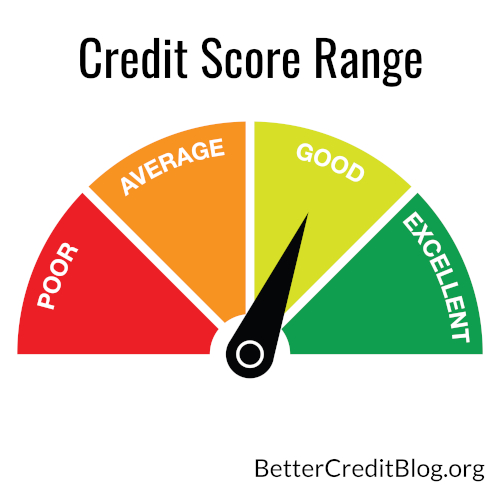

Here's how it's risen, according to FICO data from October of each year: The average score has increased by about 10 points in the past seven years. Americans actually have better credit than ever. Despite historic levels of debt, the average credit score continues to rise. Average credit score by yearĪmericans have more consumer debt than ever before, holding a total of $17.06 trillion in debt in the second quarter of 2023. Note: Of all the state credit score averages, Southern states tend to do worse than other regions of the country. Here's how it breaks down by age group, according to data from Experian: Meanwhile Gen Z lags behind because they've had less time to build credit, and many members of Gen Z simply aren't old enough to have a credit score.

As credit scores are calculated on credit and borrowing history, older people have higher credit scores on average due to a more extensive borrowing history.

The average credit score looks very different between age groups. But, average credit scores varies by location and age. The FICO model of credit scoring puts credit scores into six categories:īased on this scoring system, the average American has a good credit score. The best credit monitoring services are even free. You can subscribe to a credit monitoring service to help you keep track of your credit score and your credit reports. You'll also have an easier time applying for an apartment rental. People with higher credit scores tend to qualify for better interest rates on borrowed money, have access to the best credit cards, and can even pay less for insurance. Credit scores, which are like a grade for your borrowing history, fall in the range of 300 to 850. The average credit score in the US is a 714, based on FICO credit score data provided by credit reporting company Experian.


 0 kommentar(er)
0 kommentar(er)
